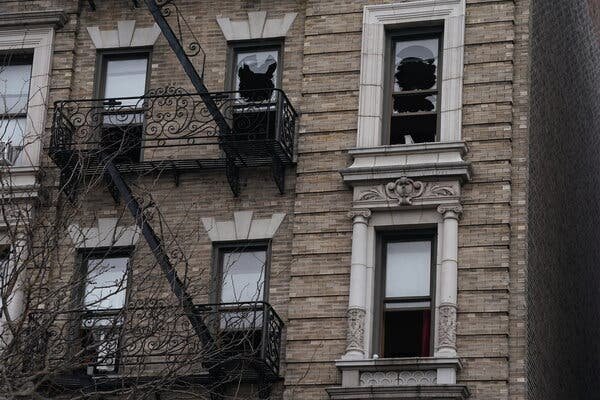The city’s Parks Department is taking over the beach drone surveillance program from the police, fire, and emergency management agencies. Lifeguards won’t operate the drones, and the NYPD plans to use drones to drop inflatable rafts to aid drowning individuals. The Parks Department is increasing its lifeguard recruitment and training, with changes to address a lifeguard shortage and outdated requirements. The program aims to create more accessible training opportunities across all boroughs.
City’s Parks Department Takes Over Beach Drone Surveillance Program
The city’s Parks Department is set to take over the beach drone surveillance program initially launched by Mayor Eric Adams, as per a memo obtained by THE CITY. The drone program, which monitors sharks and swimmers along Rockaway Beach, was previously managed by the city’s police, fire, and emergency management agencies. This summer, officials from these agencies were stationed at Rockaway Beach to deploy drones for sea monitoring and rescue operations.
By summer 2026, the Department of Parks and Recreation, which oversees lifeguards at city beaches, will assume control of the beach drone program. While specifics on drone operators are still being ironed out, it is confirmed that lifeguards will not be responsible for flying the drones. The expansion of the Parks Department’s drone unit will be supervised by an NYPD Chief of Enforcement, a new police position disclosed by THE CITY.
In a bid to enhance beach safety measures, the NYPD announced plans last winter to utilize drones for assisting drowning individuals. Deputy Commissioner for Operations Kaz Daughtry outlined a system where officers could remotely drop inflatable flotation devices to aid drowning victims. Mayor Adams also endorsed the use of drone technology for water rescues, citing advancements in using drones to communicate with and assist distressed individuals in water emergencies.
Despite the positive strides in drone technology, the OEM confirmed that inflatable rafts were not deployed during the summer. Further details on the inflatable rafts deployment were requested from the NYPD and FDNY, but responses were not immediately provided. Tragically, five individuals drowned at city-operated beaches this summer, with lifeguards conducting 30 rescues across city beaches and pools. Additionally, two teenagers drowned after hours at Riis Beach, managed by the National Park Service.
The memo from Parks Commissioner Sue Donoghue also highlighted progress in addressing the persistent lifeguard shortage faced since the pandemic. This summer witnessed a nearly 10% increase in lifeguard numbers compared to 2023, with a peak of 930 lifeguards on duty. Recruitment efforts resulted in 592 returning seasonal guards, 68 year-round lifeguards, and 270 new recruits – a substantial rise from the previous year.
To incentivize lifeguard retention, nearly 600 lifeguards received a $1,000 bonus for completing the end-of-summer season. Notably, a new contract was ratified through arbitration between the Parks Department and the lifeguard union, marking the first significant changes in 40 years. One key amendment eliminated the vision requirement for lifeguards at shallower pools, aligning them with guards at beaches and larger pools.
In a bid to enhance lifeguard training accessibility, the Parks Department plans to conduct training classes in each borough. Presently, training sessions are only offered at Manhattan pools, limiting access for prospective lifeguards. The expansion of training programs would necessitate more trainers and additional host pools, such as the one at Fort Hamilton High School currently used for training purposes.
Source: TheCity.NYC









